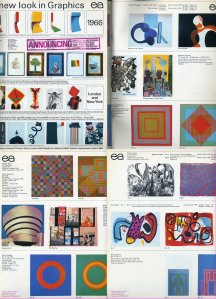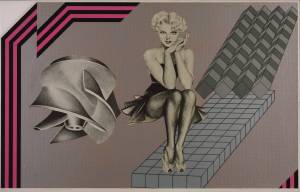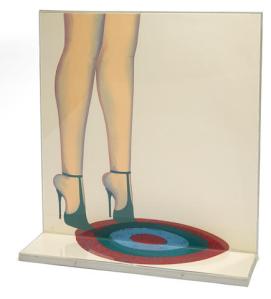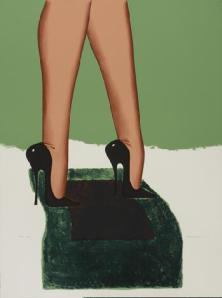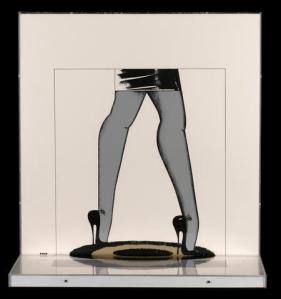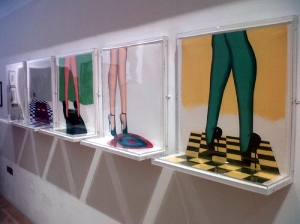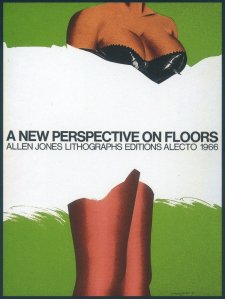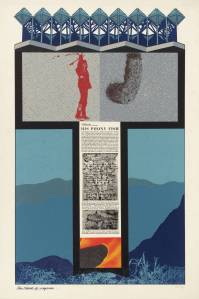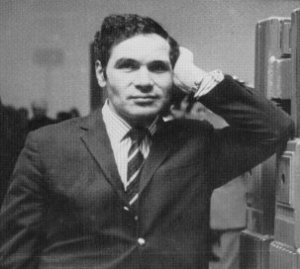At the centre of the 60s prints scene in London was Editions Alecto. Originating in Cambridge when Paul Cornwall Jones and Michael Deakin commissioned John Piper and Julian Trevelyan to create lithographs of the University’s colleges for sale to a ‘captive market’ of their alumni. In 1962 the operation relocated to Chiswick as a limited company. The following year an exhibiting facility was opened at the Print Centre, Holland Street, Kensington and in 1964 Editions Alecto’s address became 27 Kelso Place, Kensington. In 1966 it established a New York showroom and a gallery in Albemarle Street in Central London.
EA galvanised a growing number of artists to work in the print media and championed the concept of affordable art by means of editioning – including 3D objects, as produced by Richard Smith – as well as prints on paper.
Here is an ad run in Studio International in 1966:
Although EA was very ‘British-trendy’, in tune with the London music and fashion scenes, it had a truly international impact, attracting American artists like Claus Oldenburg (with his London Knees) and Jim Dine, with his Tool Box (1966) – two examples from that suite below:
A catalogue of the EA output is embodied in Tessa Sidey’s book, Editions Alecto – Lund Humphries – 2003 – ISBN 0 85331 877 8. Also well worth consulting is Decade of Printmaking – edited by Charles Spencer – Academy Editions – 1973.
